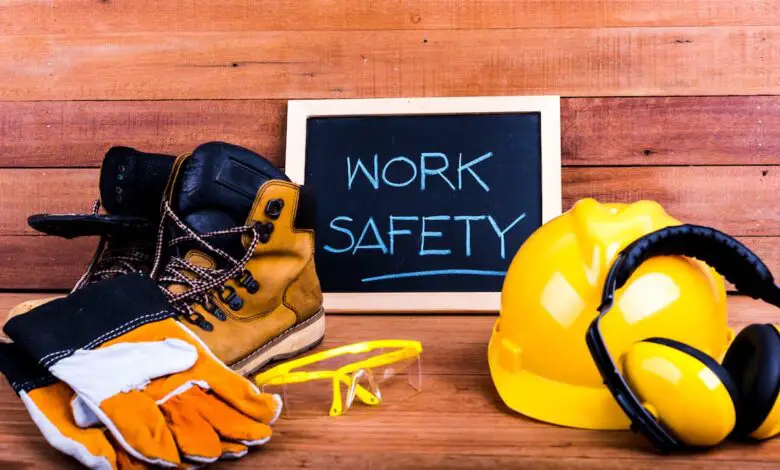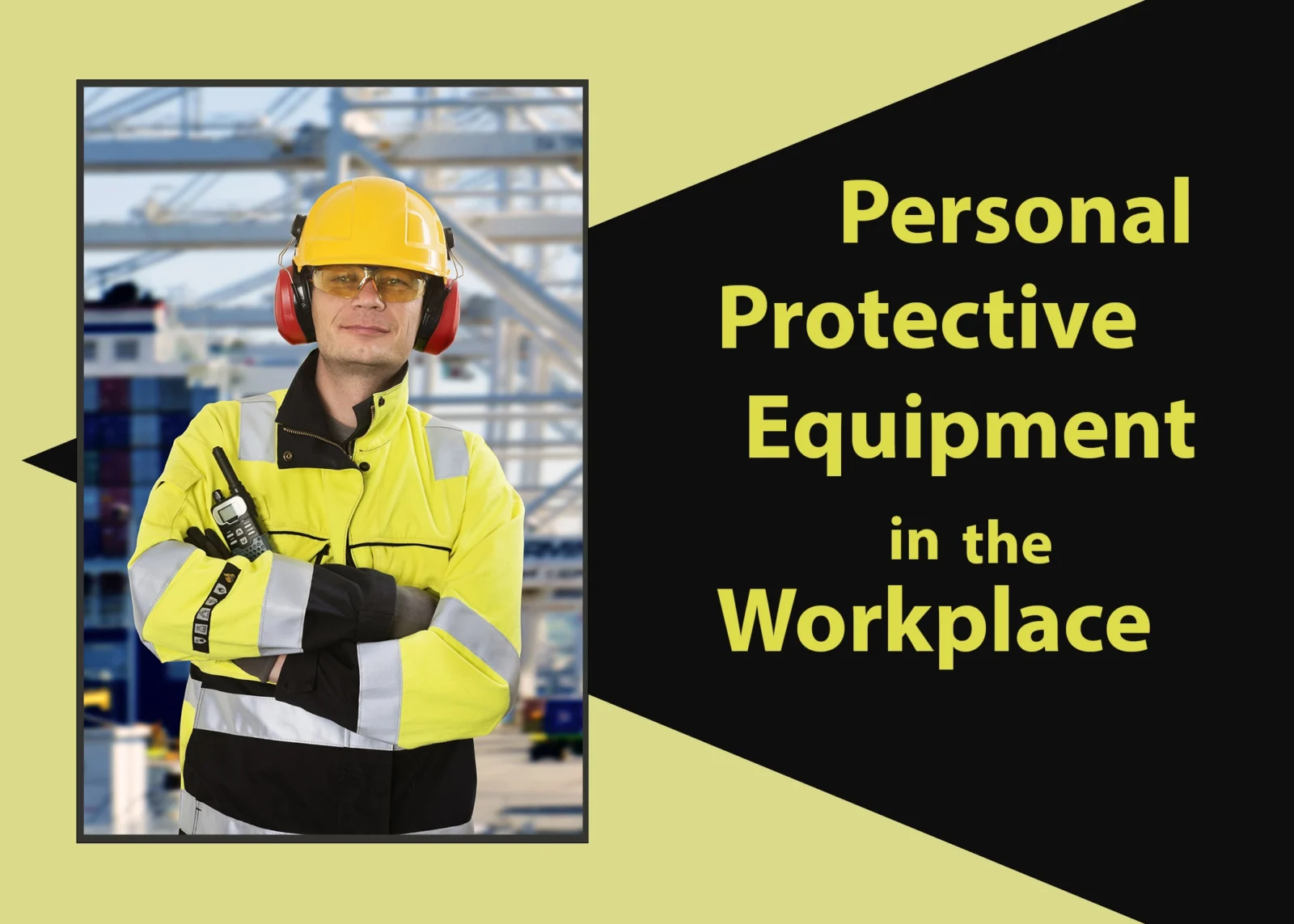6 Useful Tips Employers Can Use to Improve Workplace Safety

Regardless of the size of your business, and every employer needs to ensure the safety of all employees. The occupational safety health administration (OSHA) is a regulatory authority responsible for issuing regulations and standards that every employer should follow regarding workplace safety.
The regulatory authority also requires all employers to report any severe illness or injury at the workplace. The importance of putting a comprehensive safety program in the business will ensure that there are minimal accidents, injuries, and illnesses at work.
A good safety program benefits employees and employers because there are few cases of employee absenteeism and low healthcare costs. A report released in 2017 indicates that United States businesses spend more than $1 billion in workers’ compensation.
Many businesses suffer indirect and direct costs due to the lack of proper workplace safety. For instance, there are added costs of training new employees; employees also lose morale when they realize they are working in risky conditions. This article discusses six helpful tips employers can use to improve workplace safety. See more at https://www.employers.com/blog/2018/four-easy-tips-to-improve-workplace-safety/.
1. Educate Your Employees and Staff

Both experienced and seasoned team members should try hard to guide new employees. Employers should know that educating the team members about the business’s standards and safety culture is a long-term investment as it helps to lay a strong safety foundation. If all members know the value of safety, they will better coordinate to create a safe environment backed by the business’s safety culture.
The safety culture materializes in various ways, from taking breaks from unsafe conditions to reporting any safety hazard and keeping safety tips in mind. The team members will also be more willing to educate new employees on tips that promote workplace safety.
2. Provide Personal Protective Equipment(PPE)

PPE is the equipment workers wear when working in unsafe conditions. The kit helps reduce exposure to dangers that could cause illness or workplace injuries. The common causes of workplace illness and injuries are electrical, mechanical, radiological, physical, and chemical hazards.
However, wearing personal protective equipment such as hard hats, muffs or earplugs, shoes, safety glasses, respirators, gloves, full body suits, and coveralls can help minimize incidents of injuries or illness. All PPE should be appropriately constructed to make them reliable as protective gear for the workers.
The equipment should also be fitting and comfortable for employees to wear all the time. It is also essential to train employees on aspects such as the limitations of the equipment, when it is necessary to wear it, and what kind of equipment to wear. They should also know how to adjust it to fit adequately and maintain the equipment.
3. Research About the Safety Vulnerabilities

Even though all businesses do not have similar safety concerns, research helps the company to identify potential vulnerabilities so that the necessary steps are undertaken to address the issues. After analyzing risks, you will discover possible causes of accidents and develop strategies to prevent such setbacks.
For instance, the business maintenance team can repair or replace a vulnerability posed by a piece of faulty equipment. Also, if the exposure is posed by something the business cannot do away with, employees are trained on the safety practices and are made aware of the vulnerability.
In addition, researching a vulnerability helps the business mitigate the risks before it’s too late, saving the company from the financial losses it would have incurred if the accident occurred. Research also protects the business from hefty legal fees associated with a lack of preventive measures against workplace injuries and accidents.
4. Incorporating Safety Wellness Plan
A safety wellness plan would include policy development, risk assessments, procedures to mitigate the risk, and safety training programs. All these elements will help improve workplace safety by promoting safe behaviors among employees.
The employees are also educated on identifying potential hazards as early as possible to prevent future accidents. As part of the wellness program, employees are also provided with the necessary resources, such as personal protective equipment, to keep them safe.
5. Keep The Workplace Clean All The Time

Housekeeping can significantly improve workplace safety; the footpaths should be marked and debris-free. A dirty workplace also poses a severe health problem to employees. Around 37 percent of workplace accidents result from falls, trips, and slips caused by invisible objects or the ground.
But keeping the workplace neat can significantly reduce the accidents resulting from falls, as every object is visible to every employee. Also, workers should pick up any items lying on the ground and put them in a safer place to improve workplace safety. Oil spillage is also a significant cause of workplace falls, so cleaning spillage areas ensure that the floor is not slippery.
6. Do Not Take Shortcuts
Many accidents happen because employees take risks by choosing shortcuts. For instance, an employee may risk lifting heavy objects on their own other than finding the right lifting equipment, which may lead to back injuries. Also, an employee may bypass the safety protocols to save time, eventually leading to accidents.
It is also essential to know that poor-quality work poses several risks. For instance, if workers do not take the correct procedure when assembling workplace equipment, it may lead to malfunctioning or failures, which can cause injuries to the users. Therefore, avoiding shortcuts and following the right approach when undertaking any operation in the business can significantly lower the risks of accidents.
Summary

Even though you cannot eliminate the risks of accidents at the workplace, there are specific measures you can take to improve workplace safety. These safety measures and tips include educating employees and other staff on various safety issues, providing personal protective equipment, and researching safety vulnerabilities.
It is also important to incorporate the safety wellness plan into your business to ensure that all employees keep an eye on the potential hazards at the workplace. It is also advisable to keep the workplace clean, as falls, slips, and trips cause most workplace accidents. Employees should follow the right procedure while carrying out their assigned duties, as shortcuts would only lead them to more risks.
